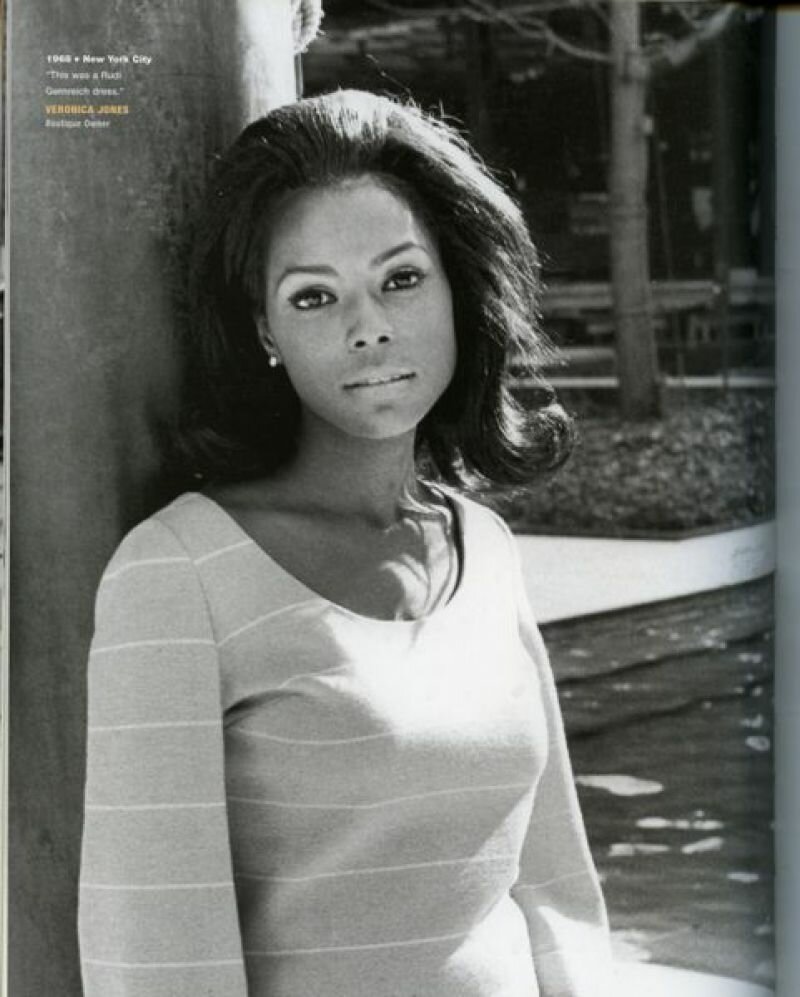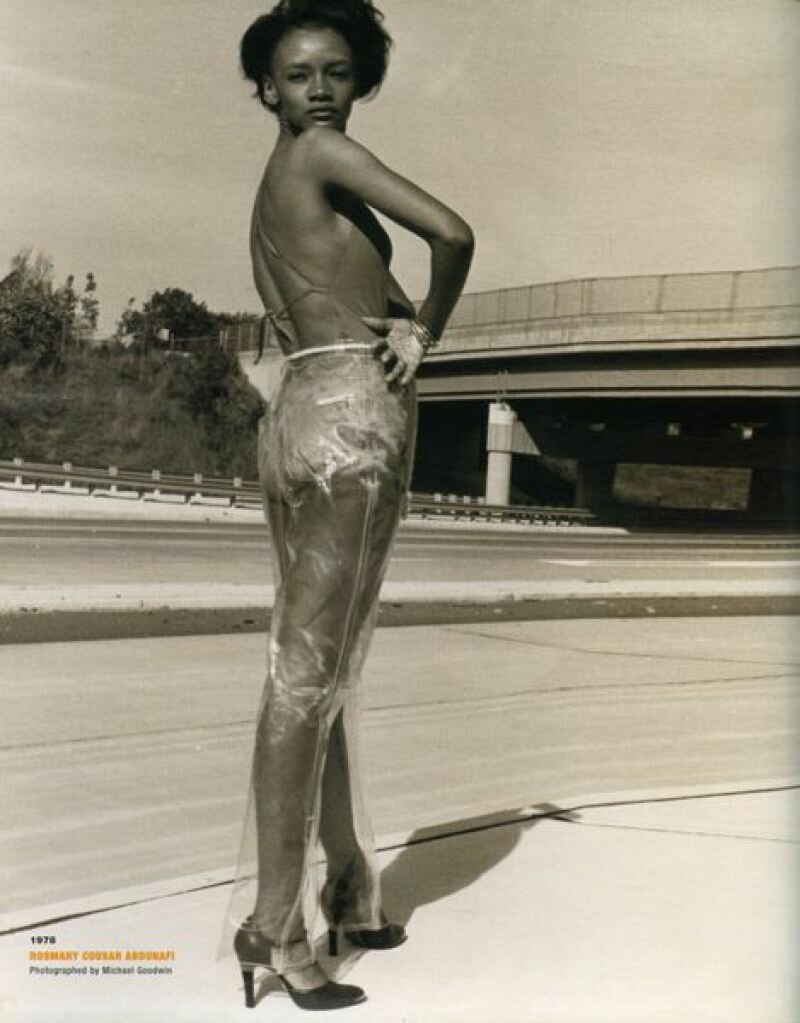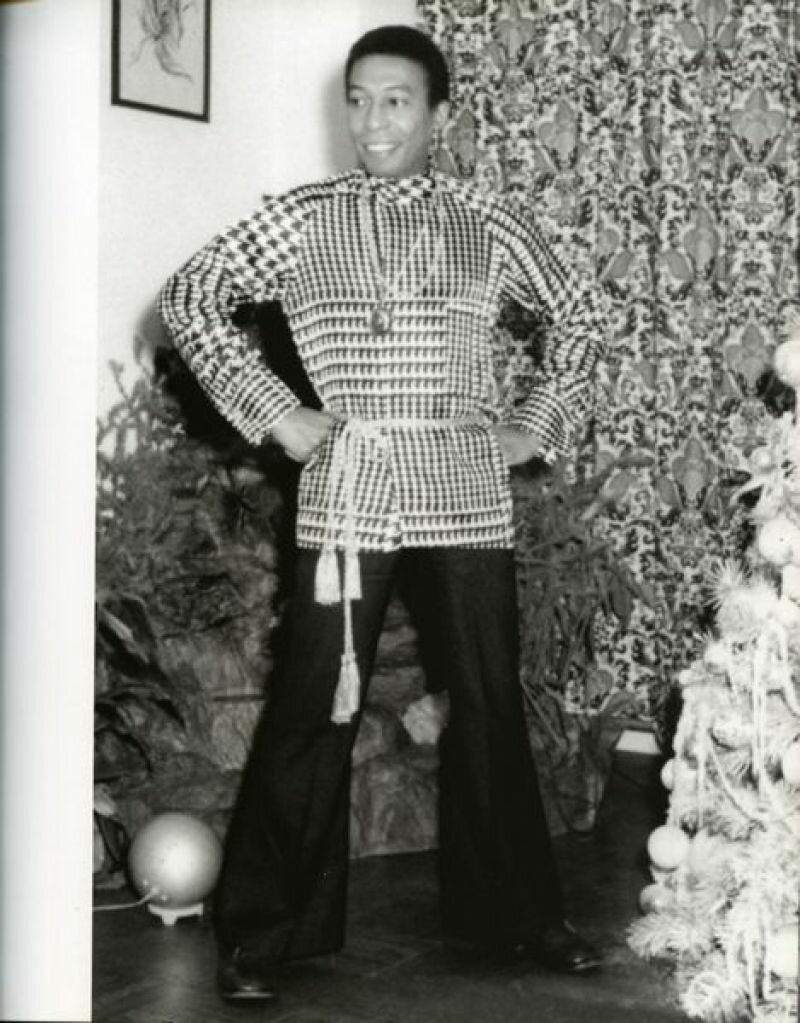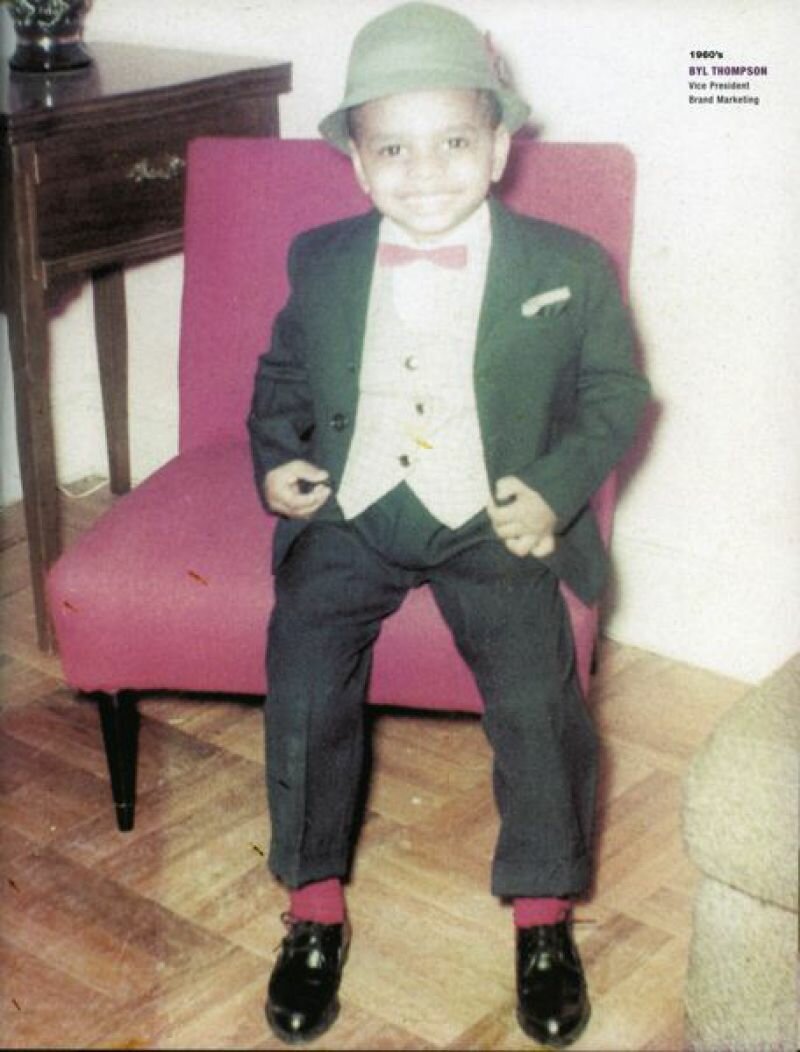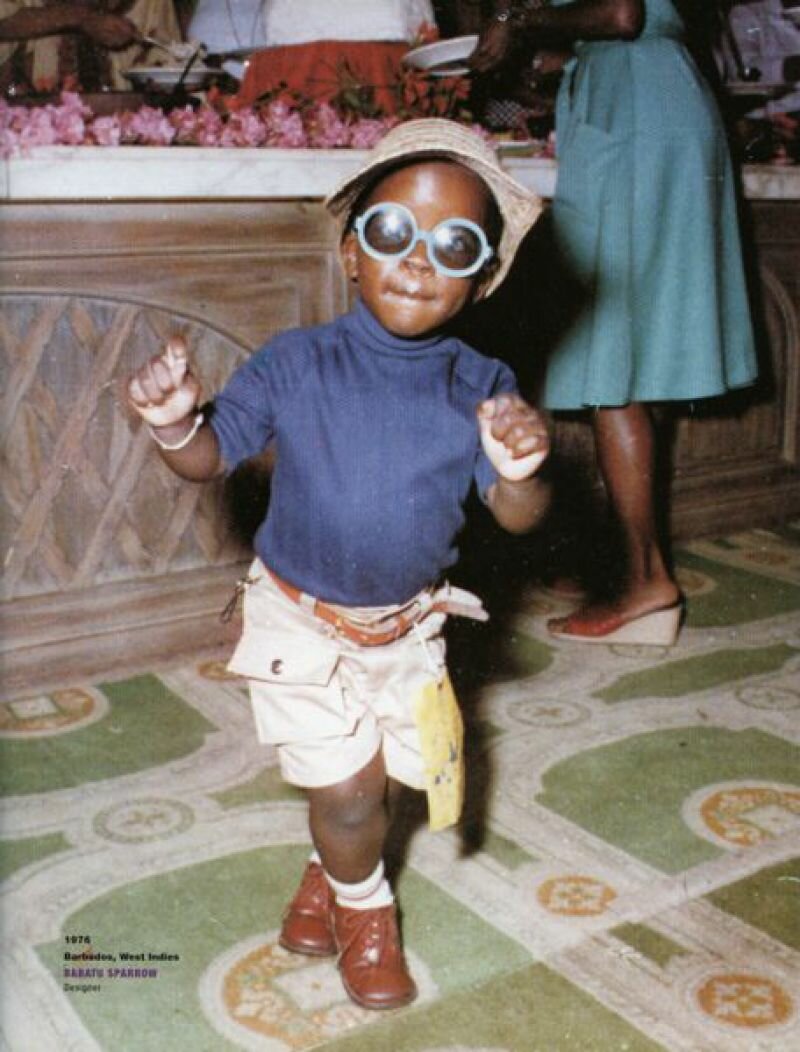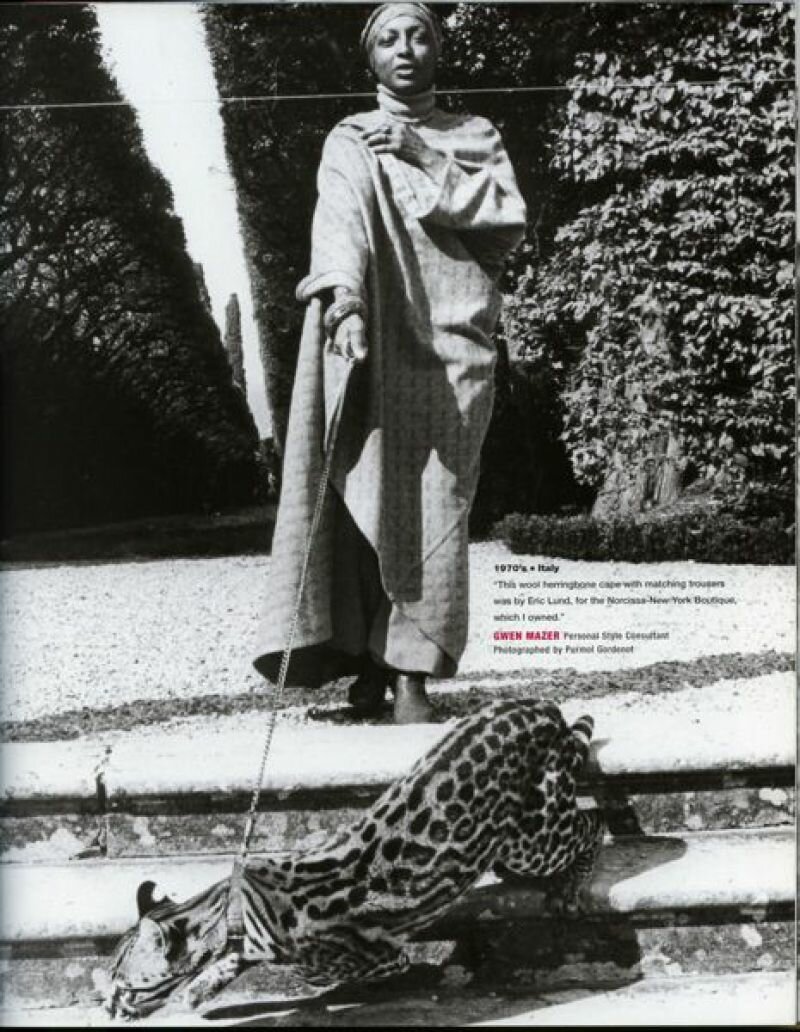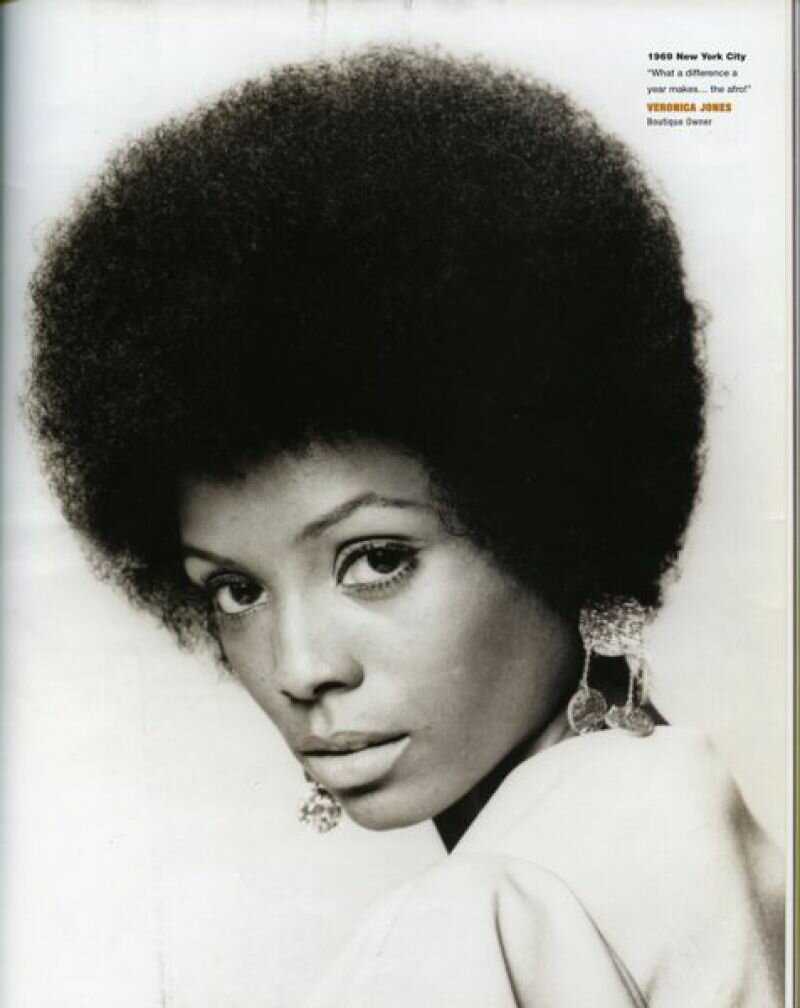‘The Way We Wore’ is one of my favourite fashion books. It’s about ‘black style then’, about the clothing of black people in the 60s, 70s and 80s, and it’s groovy. All these photos show radiant, self-conscious people in a certain look. Subjects range from a coloured head cloth to a series of passport photos of a boy as he grows up, in which a little collar, a golden chain, a turtle neck or a radical change of hairdo betray a careful choice of fashion. A designer piece turns up now and then. Compiler Michael McCollom asked a hundred friends and acquaintances to send their personal photos. The pictures are from family albums or fashion magazines, everything is mixed together as they are at pains to show that fashion is not about clothes but about style and attitude. Style is much more democratic than fashion, because you make it yourself and, if necessary, with a minimum of means. These people eagerly go through their wardrobes every morning: what to wear? The joy emanates strongly from these pages. In the preface, the compiler writes about the love of clothes within the black middle class he grew up in: We had outfits for school, we had outfits for picnics, we had outfits for church, we had outfits for holidays. Both his mother and his grandmother were an inspiring example. Generally, everyone was very concerned with their image, and knowing what to wear when was the key to success.
What catches the eye is that both the cliché and the experiment are celebrated. Pink is clearly a privileged colour and fur and gold are not shied away from either. A woman poses with a leopard tied to a bracelet. A black woman with her brown legs in nylons, that seems a little redundant, for weren’t nylons once invented to lend some tan to pale legs? But that is not the issue here. It is mainly the attention to detail and the overall meticulousness that stand out. A orange suit is matched with ditto shoes and to top it off, a shawl around the neck makes a bowtie. No black shoes are seen here because they would fit anything, no, every part complements the rest to arrive at that unique, own style. With an enormous turban around the head, sixteen year-old Karonda looks you in the eyes. The courage to be noticed, to live colourfully, that is what this book is about.
One should not enter a room and expect ambiance; one should enter and become it.
